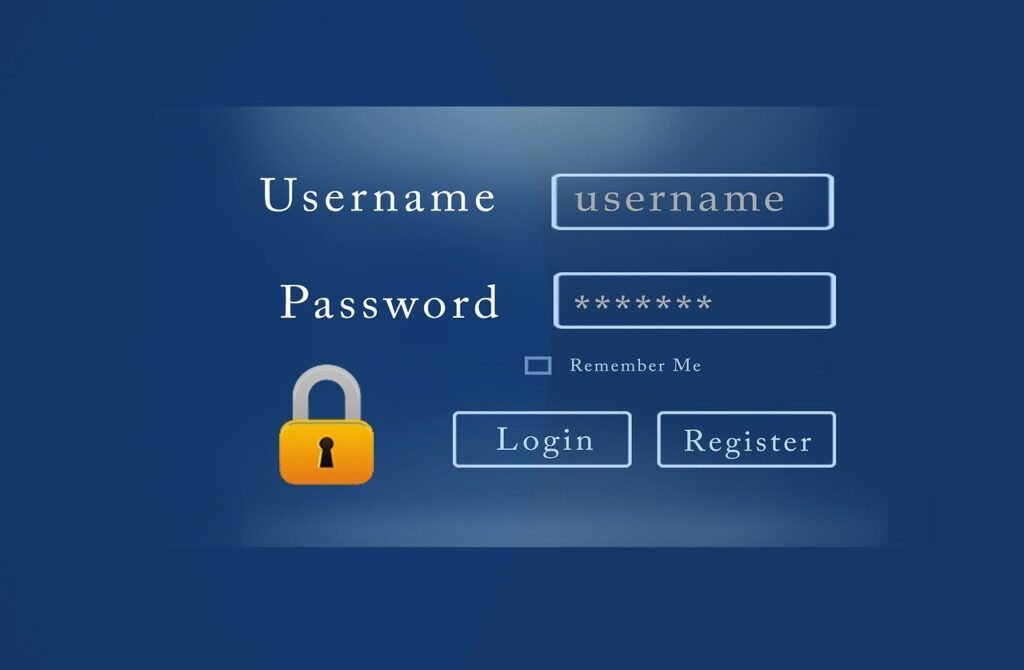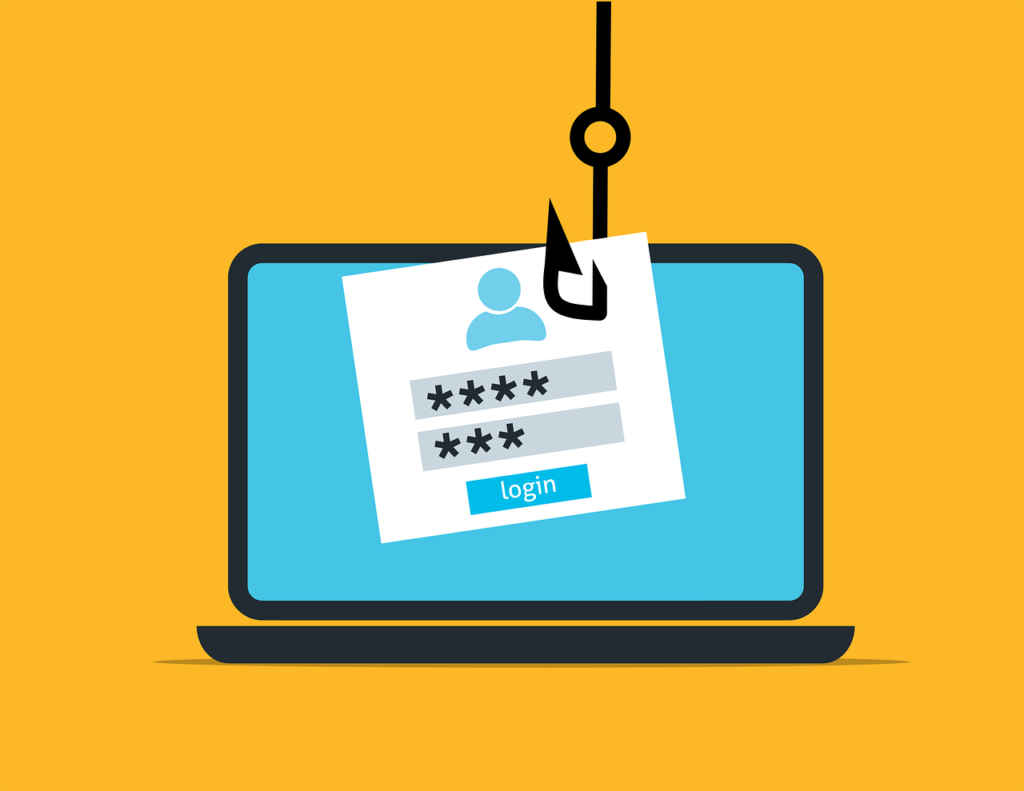
The Rise of Deepfake Phishing
Deepfake phishing refers to a type of cyberattack where attackers use deepfake technology to impersonate someone, often a trusted individual or authority figure, to trick victims into divulging sensitive information or performing certain actions. This form of phishing leverages the convincing nature of deepfake audio or video to deceive targets, making it more challenging for them to discern the authenticity of the communication.
Here’s how deepfake phishing typically works:
1- Impersonation: Attackers use deepfake technology to create realistic audio or video recordings of someone, such as a company executive, colleague, or friend. They may mimic the person’s voice, facial expressions, and mannerisms to make the impersonation more convincing.
2- Social Engineering: The attacker crafts a phishing message or call designed to manipulate the victim’s emotions, such as fear, urgency, or curiosity. They may claim to be in a position of authority, such as a CEO, IT support technician, or government official, to lend credibility to their request.
3- Deceptive Request: The phishing message typically contains a request for sensitive information, such as login credentials, financial data, or personal details, or asks the victim to take a specific action, such as transferring money, clicking on a malicious link, or downloading malware-infected files.
4- Trusted Context: The attack often occurs within a context that the victim perceives as legitimate, such as a work-related email, a phone call from a colleague, or a video message from a friend, making it more likely for them to comply with the attacker’s request.
To defend against deepfake phishing attacks, individuals and organizations can take several proactive measures:
1- Awareness and Training: Educate employees and users about the existence of deepfake technology and the potential risks of impersonation attacks. Provide training on how to recognize phishing attempts and encourage skepticism when receiving unsolicited requests for sensitive information.
2- Verification Procedures: Establish clear procedures for verifying the identity of individuals making requests for sensitive information or actions, especially if they seem unusual or unexpected. Encourage users to verify requests through alternative channels, such as contacting the requester directly via phone or in person.
3- Technical Controls: Implement email filtering solutions to detect and block phishing emails before they reach users’ inboxes. Deploy anti-spoofing measures, such as Domain-based Message Authentication, Reporting, and Conformance (DMARC), to prevent email spoofing and impersonation attacks.
4- Multi-Factor Authentication (MFA): Enable multi-factor authentication for accessing sensitive systems and accounts to add an extra layer of security beyond passwords. This helps mitigate the risk of account takeover even if login credentials are compromised through phishing attacks.
5- Incident Response Plan: Develop and regularly test an incident response plan to address security incidents, including phishing attacks. Provide guidance on how to report suspicious emails or communications and outline steps for mitigating the impact of successful phishing attempts.
By raising awareness, implementing security controls, and fostering a culture of vigilance, organizations can better defend against the rising threat of deepfake phishing attacks and protect their sensitive information from compromise.



